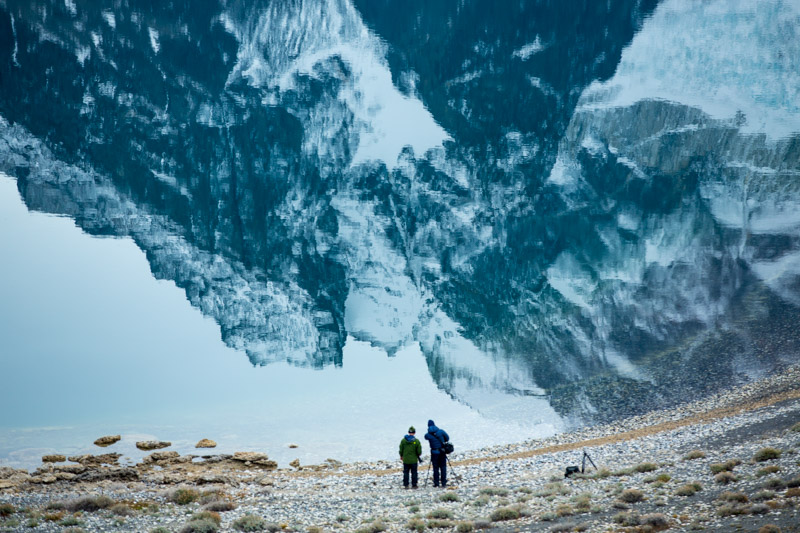I've just started working on some new images from the isle of Harris, shot last November during some personal time before a workshop up in the outer hebrides of Scotland.
Luskentyre, Isle of Harris, November 2014 © Bruce Percy
I remember when I first set up my Harris workshop for November 2009. I felt at the time that I might be taking a gamble going all the way up to the outer hebrides at this time of year. Often Scotland becomes very wet and windy and most sane photographers assume that heading this far north at this time of year is madness. Perhaps it is. But the storms and changing light during the winter months really ads a dimension to my photography.
I remember when I first started playing around with photography way back in the late 80's as a 20' something year old. I always went out to shoot in sunny summer weather because it was exciting to my eye and it felt good to be out in such weather, and I would always store my camera away during the winter months.
Storms on Harris, Outer Hebrides, Scotland, November 2014 © Bruce Percy
That is a complete reversal of what I do now.
These days I tend to avoid the summer light because I don't particularly like blank clear skies, and there is almost no atmosphere to the light. I learned many years ago that what my eye found pleasing, my camera did not. I also learned that what I was feeling at the time seldom translated into a good photograph. Just because I was out in pleasant sunny weather and felt good: did not guarantee a good image when I got home.
Conversely, being out in dull overcast grey skies can lead one to feel miserable, or unmotivated, but that's only because most of us equate this kind of weather and light as 'miserable' or 'boring'. But our camera loves soft overcast light, and the photo loves mist and rain as they can veil parts of the landscape.
Weather creates atmosphere and atmosphere aids the power of an image.
So I love very much going to the Isle of Harris in November now. As much as the rain might be a factor to work around, there is always enticement of great light and drama or action to any images I shoot and these days, I now find myself feeling very alive, and excited during these moments. So much so, that I find myself enjoying all seasons and all light, and also all weather types these days.
The world is beautiful and photography has taught me to enjoy every single moment.













